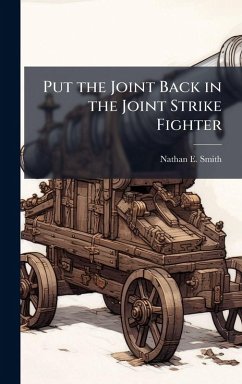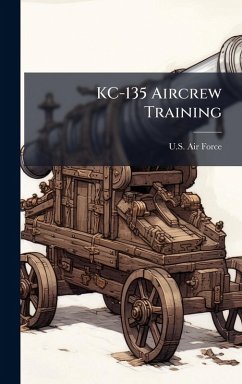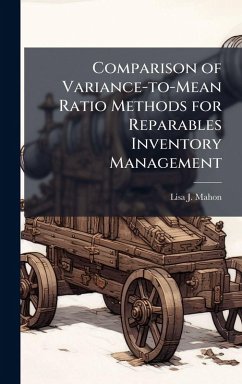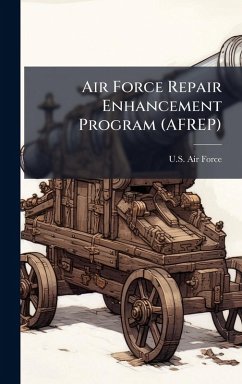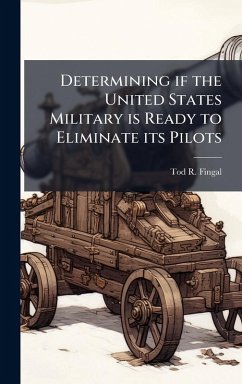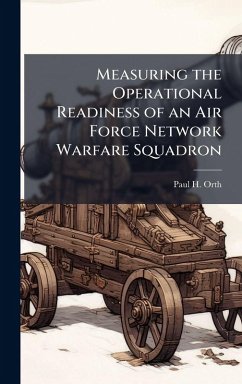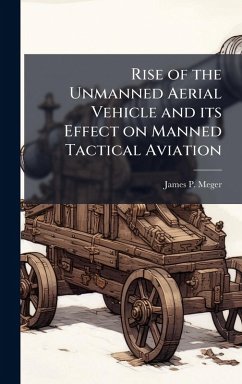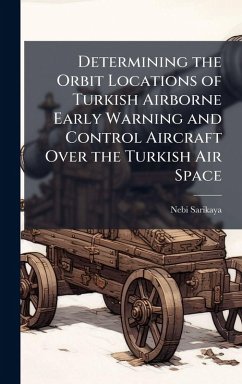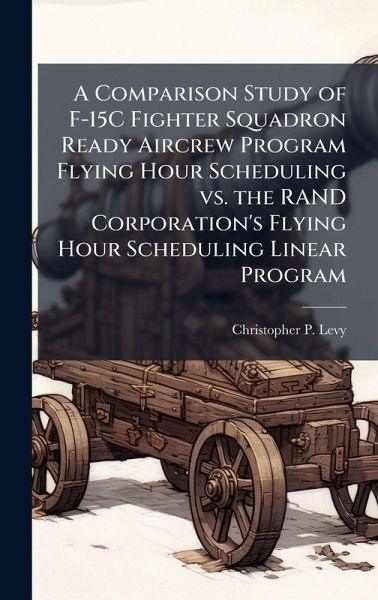
A Comparison Study of F-15C Fighter Squadron Ready Aircrew Program Flying Hour Scheduling vs. the RAND Corporation's Flying Hour Scheduling Linear Program
Versandkostenfrei!
Versandfertig in über 4 Wochen
28,99 €
inkl. MwSt.
Weitere Ausgaben:

PAYBACK Punkte
14 °P sammeln!
This research compares and contrasts the Flying Hour model created by the RAND corporation with the Ready Aircrew Program (RAP) model from Air Combat Command. The RAP model was designed to generate an annual flying hour program that specifies the minimum number of sorties required to stay tactically safe. The RAND model was designed to provide fighter pilots 13 sorties per month, a number determined from surveys of combat aviation leadership. The RAND model is built on the assumption that the fighter pilots would be immediately ready to deploy to a combat situation. In contrast, squadrons usin...
This research compares and contrasts the Flying Hour model created by the RAND corporation with the Ready Aircrew Program (RAP) model from Air Combat Command. The RAP model was designed to generate an annual flying hour program that specifies the minimum number of sorties required to stay tactically safe. The RAND model was designed to provide fighter pilots 13 sorties per month, a number determined from surveys of combat aviation leadership. The RAND model is built on the assumption that the fighter pilots would be immediately ready to deploy to a combat situation. In contrast, squadrons using the RAP model must take extra sorties and time to get fighter pilots ready for war. This research recommends an increase to AFI 1-2F-15V1 annual pilot requirements. This plus-up will increase average monthly sorties for combat mission ready API-1 pilots to the Air Force Safety Center recommended 11 flights per month at a flying hour cost of approximately $1.7 million per squadron. This work has been selected by scholars as being culturally important, and is part of the knowledge base of civilization as we know it. This work was reproduced from the original artifact, and remains as true to the original work as possible. Therefore, you will see the original copyright references, library stamps (as most of these works have been housed in our most important libraries around the world), and other notations in the work. This work is in the public domain in the United States of America, and possibly other nations. Within the United States, you may freely copy and distribute this work, as no entity (individual or corporate) has a copyright on the body of the work. As a reproduction of a historical artifact, this work may contain missing or blurred pages, poor pictures, errant marks, etc. Scholars believe, and we concur, that this work is important enough to be preserved, reproduced, and made generally available to the public. We appreciate your support of the preservation process, and thank you for being an important part of keeping this knowledge alive and relevant.



